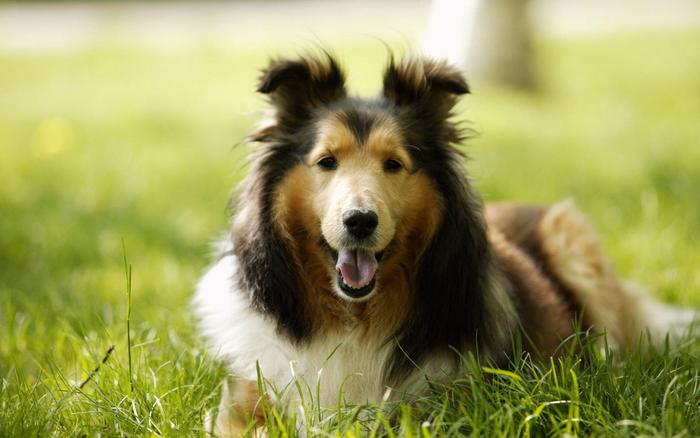As a dog owner, being vigilant about your pet’s health is crucial. Understanding the signs of common dog diseases can help you catch potential health issues early, ensuring your furry friend receives the appropriate care and treatment. This article will explore various common dog diseases, their symptoms, and what actions you should take if you suspect your dog is unwell.

1. Understanding Common Dog Diseases
What Are Common Dog Diseases?
Common dog diseases can range from mild conditions to severe illnesses. Recognizing the symptoms early can make a significant difference in treatment outcomes. Some of the most prevalent diseases include:
- Kennel Cough
- Parvovirus
- Canine Distemper
- Ear Infections
- Obesity
Being aware of these conditions will help you monitor your dog’s health effectively.
2. Symptoms of Kennel Cough
What to Look For
Kennel cough is a highly contagious respiratory disease that affects dogs. Symptoms include:
- Dry Cough: A persistent, hacking cough is the most common sign.
- Lethargy: Your dog may seem less active or more tired than usual.
- Nasal Discharge: You might notice a runny nose or sneezing.
If you observe these symptoms, consult your veterinarian for appropriate treatment.
3. Recognizing Parvovirus in Dogs
Signs of This Serious Disease
Parvovirus is a highly contagious and potentially fatal disease, especially in puppies. Watch for these signs:
- Severe Vomiting and Diarrhea: Often bloody, these symptoms can lead to dehydration.
- Loss of Appetite: A sudden decrease in food intake is a red flag.
- Lethargy: A parvovirus-infected dog may appear weak and uninterested in activities.
Immediate veterinary care is essential if you suspect your dog has parvovirus.
4. Canine Distemper Symptoms
Identifying Distemper Early
Canine distemper is another severe viral illness that affects multiple systems in a dog’s body. Symptoms include:
- Fever and Coughing: Early stages often present like a cold.
- Vomiting and Diarrhea: Similar to parvovirus, but may also include neurological signs like seizures.
- Eye Discharge: Watery or pus-like discharge from the eyes is common.
If you see these symptoms, seek veterinary assistance right away.
5. Signs of Ear Infections
How to Identify Ear Problems
Ear infections are common in dogs, especially those with floppy ears. Signs include:
- Scratching at the Ears: Your dog may frequently paw at its ears.
- Foul Odor: A bad smell from the ears can indicate infection.
- Redness or Swelling: Look for inflammation in the ear canal.
Visit your vet for diagnosis and treatment options if you notice these symptoms.
6. Understanding Obesity in Dogs
Signs Your Dog Might Be Overweight
Obesity can lead to various health problems in dogs. Signs include:
- Difficulty Breathing: An overweight dog may pant excessively or struggle to breathe.
- Reduced Activity Levels: If your dog is less active or less interested in playing, it may be due to weight issues.
- Visible Fat Deposits: Check for fat pads around the abdomen and ribs.
Consult your veterinarian to develop a healthy weight-loss plan if you suspect obesity.
7. What to Do if Your Dog Shows Symptoms
Immediate Steps to Take
If you notice any signs of illness in your dog:
- Observe Symptoms: Take note of what you see and when symptoms started.
- Contact Your Veterinarian: Don’t hesitate to seek professional advice.
- Follow Treatment Plans: If diagnosed, follow your vet’s treatment plan closely.
Early intervention is key to ensuring your dog’s health and recovery.
8. Regular Check-Ups and Vaccinations
Importance of Preventative Care
Regular veterinary check-ups and vaccinations play a critical role in preventing diseases. Ensure your dog receives:
- Annual Health Exams: Routine check-ups help catch issues early.
- Vaccinations: Keep vaccinations up-to-date to protect against common diseases.
Being proactive about your dog’s health can significantly reduce the risk of serious illnesses.
9. Maintaining a Healthy Diet
Nutrition’s Role in Disease Prevention
A balanced diet is crucial for your dog’s overall health. Ensure you:
- Choose High-Quality Food: Look for food with high protein and essential nutrients.
- Monitor Weight: Keep an eye on your dog’s weight to prevent obesity.
- Consult Your Vet: For dietary recommendations tailored to your dog’s specific needs.
Proper nutrition can help maintain a healthy immune system and prevent diseases.
10. Conclusion: Keeping Your Dog Healthy
Recognizing the signs of common dog diseases is vital for every dog owner. By staying informed and proactive about your dog’s health, you can ensure they lead a long, happy, and healthy life. Regular veterinary visits, a balanced diet, and attentive care will go a long way in maintaining your furry friend’s well-being.

Comments (0)